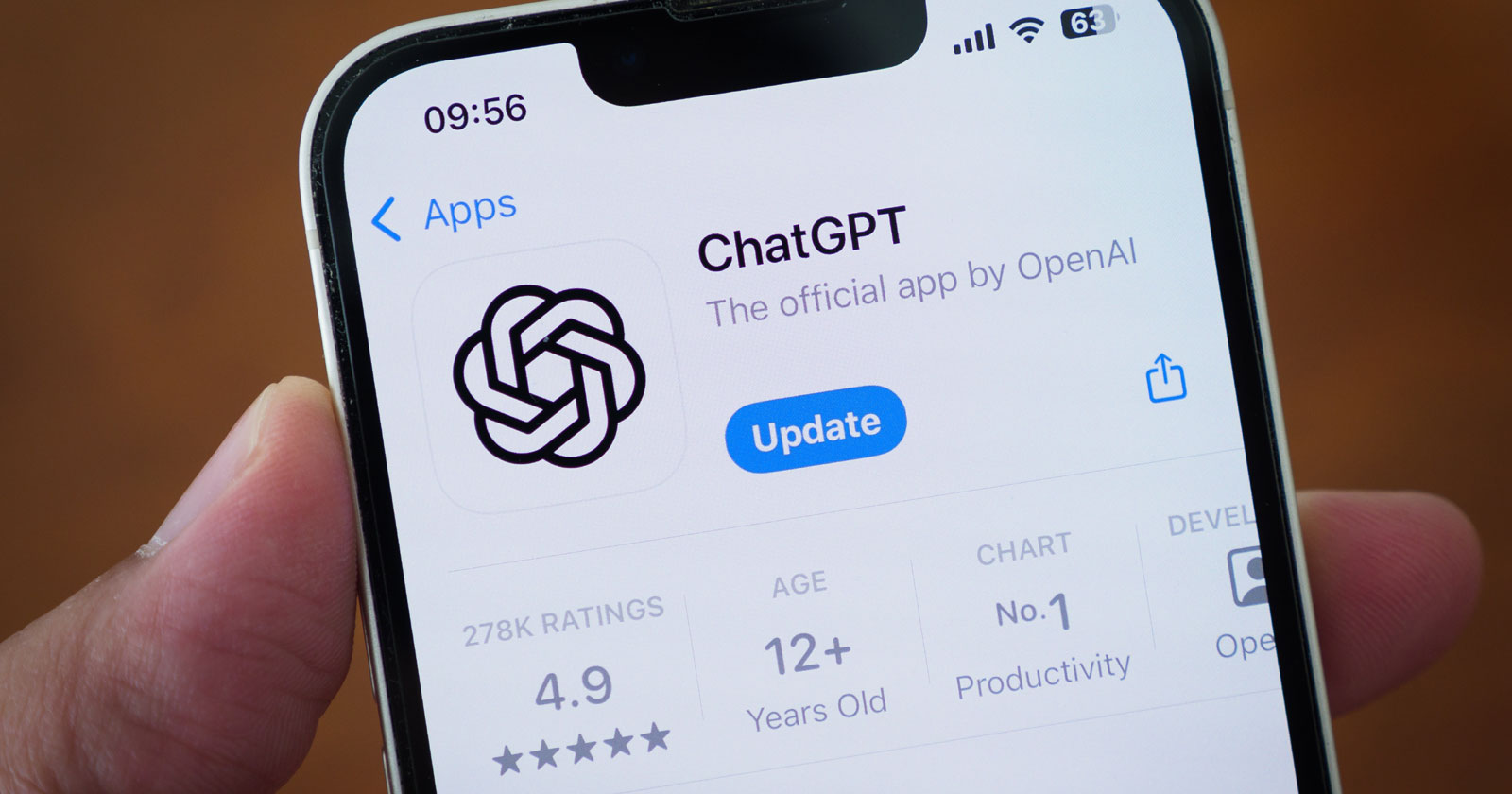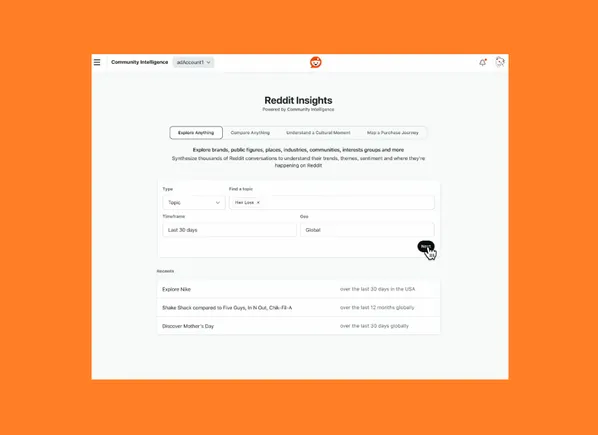The many roads to comms: Training new hires from different professional backgrounds
What to prioritize based on where your new hire is coming from and where you need them to go. Communicators come from past roles all over the map: former reporters, HR leads, data analysts, nonprofit advocates, comms grads, you name it. Some wandered into the profession, others pivoted deliberately, but nearly all of them arrive […] The post The many roads to comms: Training new hires from different professional backgrounds appeared first on Ragan Communications.

What to prioritize based on where your new hire is coming from and where you need them to go.
Communicators come from past roles all over the map: former reporters, HR leads, data analysts, nonprofit advocates, comms grads, you name it. Some wandered into the profession, others pivoted deliberately, but nearly all of them arrive with skills they’re proud of and blind spots they don’t know they have.
Training them effectively requires moving beyond generic onboarding modules or one-size-fits-all writing guides to build learning pathways that account for both the strengths and the gaps that come with a candidate’s previous role.
Here’s what to prioritize based on where your new hire is coming from and where you need them to go. And if you’re not sure how to make that happen, Ragan Training has you covered with exclusive courses across internal comms, PR, social media, business acumen, leadership, AI, writing and beyond.
From journalism
Journalists tend to hit the ground running when they shift into communications, arriving with the ability to write clean copy, craft compelling headlines, and work on tight, sometimes chaotic deadlines. But corporate and internal messaging presents a different kind of challenge, one that extends beyond getting the facts right and presenting them clearly. Writing on behalf of an organization demands an understanding of the business along with organizational culture, power dynamics and long-term reputation management — all while translating strategic priorities into language that informs without alarming, motivates without overselling and respects the boundaries that mitigate risk
Managers will need to teach former journalists how internal messages connect to business goals, HR initiatives, operational updates, or compliance requirements. They’ll need to walk through the process behind standing up a shared and strategic messaging calendar that considers leadership requests, legal review and the priorities of stakeholders across the organization. All the while, they’ll need to explore how tone, headline, and word choice can affect stakeholder perception and action.
While journalists are trained to pursue whatever is most compelling or urgent in a given moment, comms must often prioritize what is most strategic or stabilizing for the audience and the organization, even if it doesn’t make for a headline.
From marketing
Marketing professionals often bring a strong understanding of audience targeting, platform strategy and performance metrics, all of which are extremely useful in both internal and external communications. They understand visual hierarchy, think in terms of campaigns, and know how to capture attention in crowded digital spaces. But those transitioning to internal communications must learn how to shift both tone and intent.
Help them recognize that an employee is not a customer, but “the first customer” whose preferences should set the tone for any external communications about brand and culture. Help them realize that engagement is not always measurable by clicks. Teach them that the most effective internal messages may not drive quantitative action, but instead affirm trust, clarify ambiguity, or reduce fear. Former marketers may also need coaching on how to adapt promotional instincts to more sensitive or emotionally complex content, especially when communicating about restructuring, layoffs or change fatigue.
From HR
HR professionals often arrive with deep knowledge of employee experience, policy language, compliance frameworks, and change management principles. This can be an enormous asset in internal and corporate communications, particularly when messages touch on sensitive or high-stakes issues. They know how to navigate privacy and policy, understand morale and behavior, and have a well-developed sense of how official language resonates in a workforce already saturated with information and change.
However, many of their instincts lean toward institutional tone, formality and risk aversion, potentially creating a distance between leadership and employees. HR pros will benefit from encouragement and training to speak more directly, more empathetically and more persuasively, without sacrificing clarity or credibility.
Show them examples of messages that balance accuracy with people-first voice. Offer breakdowns of how and why certain headlines engage more effectively than others. Explain how different delivery channels — an email from the CEO, a team huddle script, a short-form video — call for different registers, paces and emotional cues.
Recent grads
New graduates who studied communications arrive with a wealth of theoretical knowledge and an eagerness to apply it. Though they often possess a sound understanding of industry frameworks, campaign structures, and media channels, they also have relatively little experience navigating the messy applications of strategic communication in practice, where priorities shift mid-draft, feedback loops are tangled, and nothing ever quite fits a case study model.
Recent grads know what a crisis plan looks like on paper but may not recognize a slow-burn issue until it’s already in inboxes. They can define integrated communications but may struggle to manage the expectations of a VP, an HR partner, and a designer all giving conflicting feedback on the same message.
Continued training on the job provides structured exposure to the complexity of actual practice. Start by immersing them in live projects. Let them observe, draft, revise, and reflect. Give them real assignments, but provide scaffolding — context about the business implications, insight into audience sentiment, and visibility into the political or interpersonal subtext driving certain decisions.
Recent grads also benefit from accelerated feedback loops. Don’t wait for the quarterly review to coach them. Build habits of debriefing and revisiting the “why” behind comms choices, especially when something goes sideways or gets quietly rewritten before launch.
Finally, help them see communications as an ongoing act of negotiation between what is ideal and what is possible in the life of a company.
Train for judgment
Regardless of where your new communicator began, the ultimate goals are to teach them to think with clarity and empathy, to make decisions under uncertainty, and to understand their comms role as a messenger, but a strategic advisor to organizational health and growth.
The most effective teams are built on a diversity of backgrounds, instincts, and perspectives. This can only happen when leaders invest in training that treats communication as an evolving practice and not a series of deliverables.
Learn (and teach) more at RaganTraining.com.
The post The many roads to comms: Training new hires from different professional backgrounds appeared first on Ragan Communications.



























![Brand and SEO Sitting on a Tree: K-I-S-S-I-N-G [Mozcon 2025 Speaker Series]](https://moz.com/images/blog/banners/Mozcon2025_SpeakerBlogHeader_1180x400_LidiaInfante_London.png?auto=compress,format&fit=crop&dm=1749465874&s=56275e60eb1f4363767c42d318c4ef4a#)

![How To Launch, Grow, and Scale a Community That Supports Your Brand [MozCon 2025 Speaker Series]](https://moz.com/images/blog/banners/Mozcon2025_SpeakerBlogHeader_1180x400_Areej-abuali_London.png?auto=compress,format&fit=crop&dm=1747732165&s=beb7825c980a8c74f9a756ec91c8d68b#)






















![The 11 Best Landing Page Builder Software Tools [2025]](https://www.growthmarketingpro.com/wp-content/uploads/2024/04/best-landing-page-software-hero-image-1024x618.png?#)







































![How to Create an SEO Forecast [Free Template Included] — Whiteboard Friday](https://moz.com/images/blog/banners/WBF-SEOForecasting-Blog_Header.png?auto=compress,format&fit=crop&dm=1694010279&s=318ed1d453ed4f230e8e4b50ecee5417#)
![How To Build AI Tools To Automate Your SEO Workflows [MozCon 2025 Speaker Series]](https://moz.com/images/blog/banners/Mozcon2025_SpeakerBlogHeader_1180x400_Andrew_London-1.png?auto=compress,format&fit=crop&dm=1749642474&s=7897686f91f4e22a1f5191ea07414026#)










![Websites Using AI Content Grow 5% Faster [+ New Research Report]](https://ahrefs.com/blog/wp-content/uploads/2025/06/websites-using-ai-content-grow-5-by-ryan-law-data-studies.jpg)













![Brand pitch guide for creators [deck and email templates]](https://blog.hootsuite.com/wp-content/uploads/2022/06/brand-pitch-template.png)


![AI in content marketing: How creators and marketers are using AI to speed up & succeed [data]](https://www.hubspot.com/hubfs/Untitled%20design-Apr-07-2023-08-24-35-4586-PM.png)






















